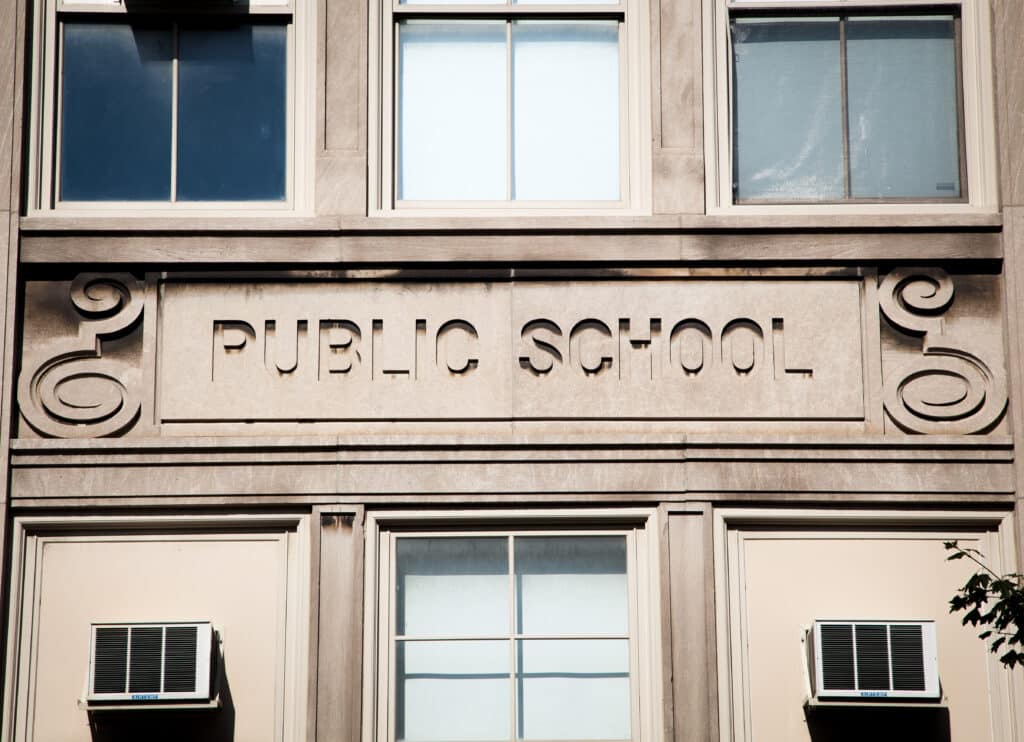School choice has been a central aspect of educational policy aimed at empowering parents and students by providing alternatives within their district. The objective was to showcase a range of options, but this freedom inadvertently steered families to consider alternatives outside the district, leading to a notable migration towards charter and private schools. This blog post delves into the unintended consequences of school choice from an academic, research-based perspective.
Shift in Focus from In-District to External Options
Research indicates that the implementation of school choice shifted the focus of families from exploring options within their district to considering choices outside the district. The intended purpose of presenting options within the district inadvertently broadened the horizon of families, leading them to explore alternatives they may not have considered previously.
Attraction of Charter and Private Schools
Studies have shown that the availability of school choice heightened the appeal of charter and private schools for families. As they became aware of their options, many families opted for these alternatives due to perceived advantages in curriculum, specialized programs, smaller class sizes, or a unique educational approach.

Impact on District Enrollment and Funding
A consequence of families opting for charter and private schools is the decline in district enrollment. This shift affects the funding and resources allocated to public schools. Reduced enrollment impacts the funding structure, potentially leading to budget cuts and resource limitations within the district schools.
Socioeconomic Disparities and Equity
Research highlights that school choice can inadvertently exacerbate socioeconomic disparities. Families with greater resources are more likely to explore and afford private or charter schools, potentially leaving public schools with a higher concentration of students from lower-income backgrounds. This can widen the achievement gap and undermine efforts towards educational equity.
Unforeseen Strain on Transportation Infrastructure
The increase in families opting for schools outside the district often places unanticipated strain on transportation infrastructure. Public school districts may face unexpected challenges in accommodating transportation needs for students attending schools beyond their immediate region, impacting logistical planning and associated costs.
Final Thoughts
While the intention behind promoting school choice within districts was to empower families with educational alternatives, it inadvertently redirected their attention to external options, resulting in unintended consequences of school choice, including a surge in enrollment in charter and private schools, strain on district funding, exacerbation of socioeconomic disparities, and unexpected transportation challenges. Understanding these unintended outcomes is vital for policymakers and educators to navigate the landscape of education effectively and strive for a more equitable and balanced system.

